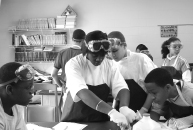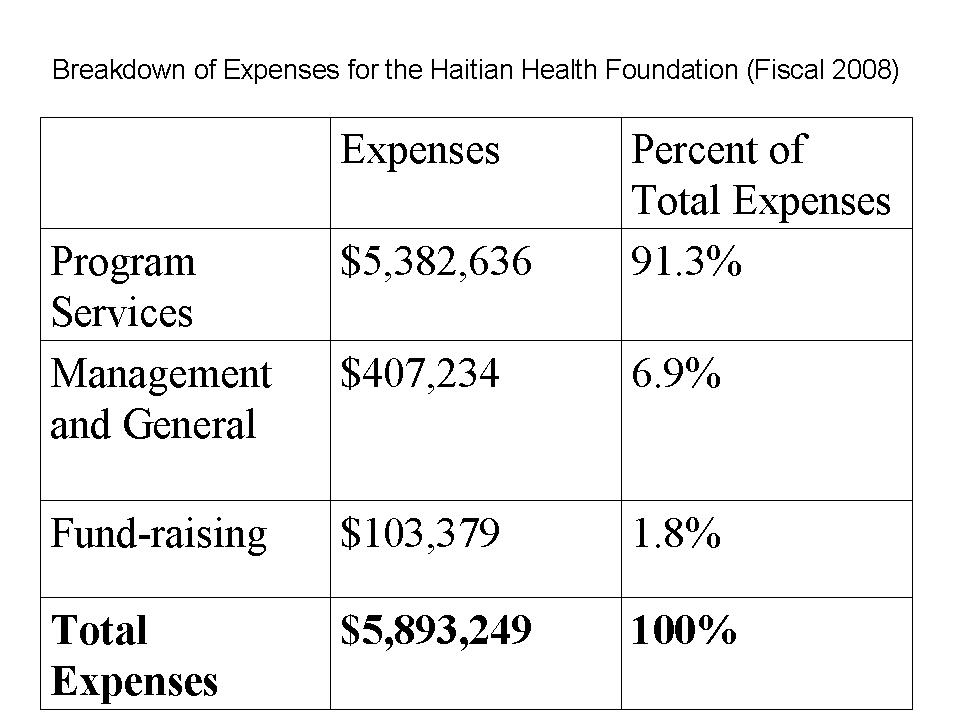The thought is too much to bear. Children forced into lives of prostitution and pornography — taken from their families and homes to work in brothels in neighboring towns or trafficked to other countries for that purpose. This form of modern slavery occurs every day.
Child prostitution, child pornography and trafficking of children for sex are big business. But until recently, the commercial sexual exploitation of children abroad or within the United States has received very little attention. Since 1991, however, the charity ECPAT-USA, which stands for “End Child Prostitution, Child Pornography and Trafficking of Children for Sexual Purposes-USA,” has been devoted to ending American involvement in the child sex trade.
ECPAT-USA is the U.S. affiliate of ECPAT International, a network of organizations and individuals across the globe working to eliminate this form of child abuse. ECPAT International was initially founded in an effort to stop the abuse of children in Asian sex tourism, but eventually took its campaign global. ECPAT-USA carries out this mission through research, education and advocacy. “Child advocacy is the most important thing that one can do in life, considering all of the terrible things that happen to these children,” says Carol Smolenski, executive director of ECPAT-USA. Smolenski originally got involved in child advocacy 14 years ago as a favor to a friend, but quickly realized it was her life’s mission.
The charity conducts research about the global child sex trade, which it uses to encourage government agencies to dedicate more funding and manpower to combat the problem. It has created a brochure, which it distributes to American travelers, to educate them about existing U.S. laws against traveling overseas to sexually exploit children in any country. The organization advocates for the adoption of legislation by other countries prohibiting Americans from engaging in the sexual exploitation of children. It also works with law enforcement to enforce child protection laws and develops and distributes training materials used to help rehabilitate victims of child sexual exploitation.
ECPAT estimates that more than 2 million children worldwide, some as young as 6, are exploited in the sex trade. Commercial sexual exploitation of children involves a child being perceived as a sexual object, as opposed to a human being, to be used by an adult for profit or personal pleasure. ECPAT refers to these adults as sex exploiters.
Based on ECPAT-USA’s research, sex tourism is a large component of the sexual exploitation of children that occurs abroad. Sex tourists, who tend to be men from Western countries, travel to certain nations to have sex with local children because of accessibility and the absence of the social constraints of their home countries.
According to Smolenski, some of the American sex tourists who travel to countries such as Mexico, Costa Rica, Thailand and the Philippines do not consider their actions to be morally, ethically or legally wrong. “They would not patronize the exploitation of children in the U.S. However, they believe it is acceptable in these other countries, and they actually believe they are doing the children a favor because the children are poor and they are giving them money.”
Thus far, the U.S. government has taken steps to address the trafficking aspect of the problem. In October 2000, President Clinton signed the Victims of Trafficking and Violence Protection Act (VTVPA) to protect individuals, children in particular, who have been trafficked to the United States for purposes such as prostitution and forced labor. The VTVPA provides victims who are non-U.S. citizens with housing, medical attention, witness protection and a T-visa that allows them to stay in the United States for three years, at which time they may be eligible for permanent residency. The U.S. government has also created an interagency task force that consists of the FBI, INS, Department of Labor and other agencies in an effort to prevent human trafficking and worker exploitation in the country and to prosecute those who engage in these illegal activities.
In an assessment report issued by the Department of Justice in August 2003, a total of only 16 trafficking cases involving sexual exploitation or abuse of victims had been filed for fiscal years 1999 through 2002. A total of 66 defendants had been charged, 50 convictions or pleas made, and only 111 victims protected. According to the Administrative Office of the U.S. Courts criminal database, in 2001, 153 persons were sentenced under the Mann Act (a statute originally enacted in 1910 that prohibits interstate transportation of an individual for prostitution or other criminal sexual activity), or the Transportation for Illegal Sexual Activity chapter of the VTVPA. The average prison term for these offenders was 60.7 months.
Obviously, much more needs to be done. According to Smolenski, “The successful elimination of child sexual exploitation depends on good people everywhere willing to do their part. Some people automatically think negatively about these children, as criminals who choose to be prostitutes, and others don’t want to hear about the problem at all. The very first step is to talk about it. Although we would greatly appreciate their donations, in order to do their part, some people can just talk about the problem — which doesn’t cost a cent.”
Palisades Hudson Charitable Portfolio, Inc. (PHCP) has selected ECPAT-USA as one of the prospective charities to include in its Human Rights Fund, as part of the fund’s priority objective to combat human trafficking of women and children. You can read more about PHCP at www.palisadeshudson.com and about the Arts & Culture Fund in the 2003-2004 Charitable Giving Program, also available at our Web site.











